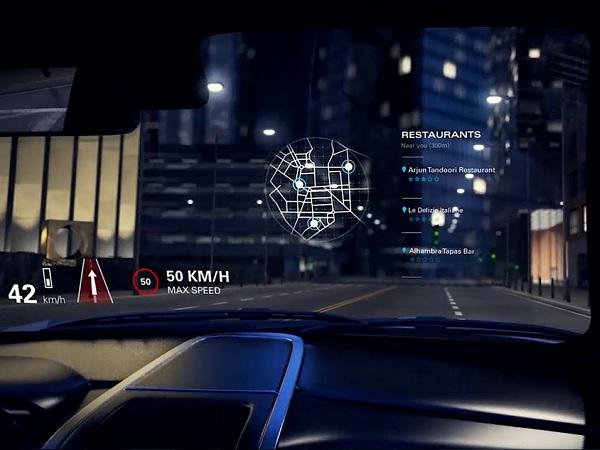
Date: 31 July 2017
For two decades, head-up display (HUD) was a luxury item available mostly in high-end cars only. But with the increasing amount of information needed by drivers and rapid advances to the technology – including advances by Eastman, a market leader in HUD – this innovative feature is moving into the mainstream where it can be available in mass market automobiles, said Matt Rose, Global Automotive Business Director for Eastman.
If you haven’t personally experienced or seen HUD, here’s how it works: Information that a driver needs and has traditionally been located on the dashboard – details such as miles per hour, the time, remaining fuel – and instead projects it virtually onto a display area in the windshield.
“Currently, the adoption of driver assist technologies such as lane departure warnings and navigation as well as infotainment features are accelerating across a broad variety of vehicle brands and models,” Rose said.
“There needs to be a spot in the car where all this information can be displayed that’s less distracting for the driver. The magic of head-up display is it allows you to not take your eyes off the road when viewing projected images on a windshield, because the image is projected at virtual infinity. It’s not like a flat-screen TV or your iPhone where it’s an image that you’re looking at – the image the projected image appears to be floating out onto the hood of your car, into virtual infinity, and that is the magic which allows your eyes to see the road and the images on the windshield without having to refocus or readjust.”
Eastman helped pioneer the development of HUD in cars more than 20 years ago; the advanced polyvinyl butyral (PVB) interlayer sheet that goes between two layers of windshield glass is a world-class Eastman technology that dates back 80 years for Eastman.
The Eastman PVB interlayer brand is Saflex®, a family of products with a broad range of functionalities that include applications not only in HUD but in safety, acoustic, solar, and color possibilities, as well as combinations of those applications.
There are sustainability advantages, too. Saflex helps reduce vehicle weight and therefore increase fuel efficiency because glass can be made thinner, it blocks over 96 percent of ultra violet radiation, and, Saflex Acoustic Q Series substantially cuts down on external noise heard within the vehicle.
Eastman expects to remain on the cutting edge of HUD not only because of its technologies, but also because of its strength in understanding customer processes and collaborating with others in the value chain to develop the most innovative solutions.
Aside from Saflex interlayers produced by Eastman, other components that go into making HUD work include a projector that projects the images and mirrors that manipulate those images into the viewing display.
Eastman recognizes the value of working across the entire HUD value chain and has been relentlessly engaging with automotive OEMs, and HUD projector suppliers, in addition to direct customers and glass laminators.
“We understand our customer’s technologies to serve them well, so that we’re helping them ensure that they deliver a quality product to other points of the value chain,” said Brian King, Eastman Director of Advanced Interlayers Technology.
“To develop and refine HUD, we’ve learned how to marry polymer science and PVB extrusion. You have to understand the optics, you have to understand the lamination process, you have to understand what the customers are going to experience.
“I think what makes HUD so exciting is that, for a scientist or an engineer, it combines chemistry, formulation, extrusion, process control, lamination and optical physics into a solution for one very complicated and difficult problem. And the difficult problems are the most exciting ones to solve.”
 600450
600450

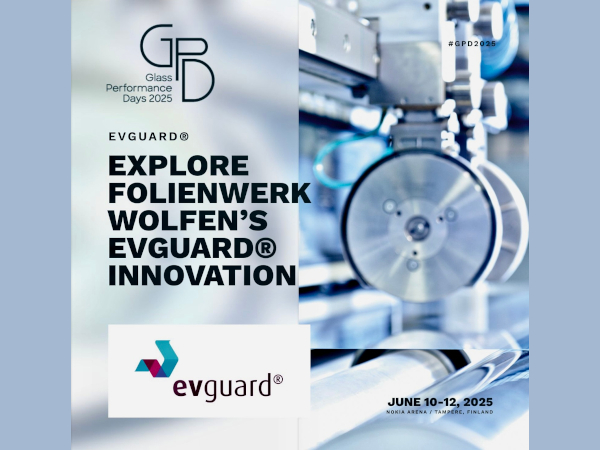
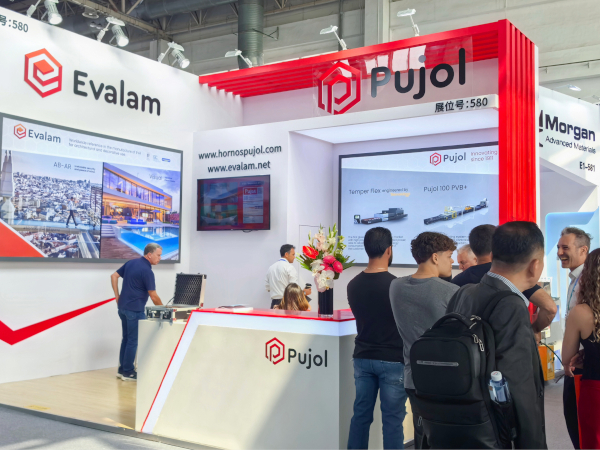
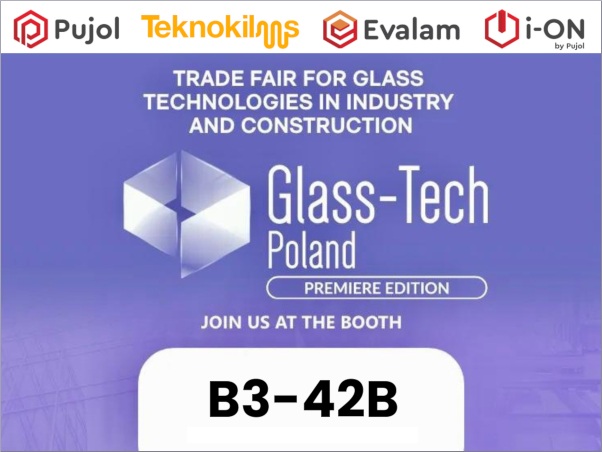
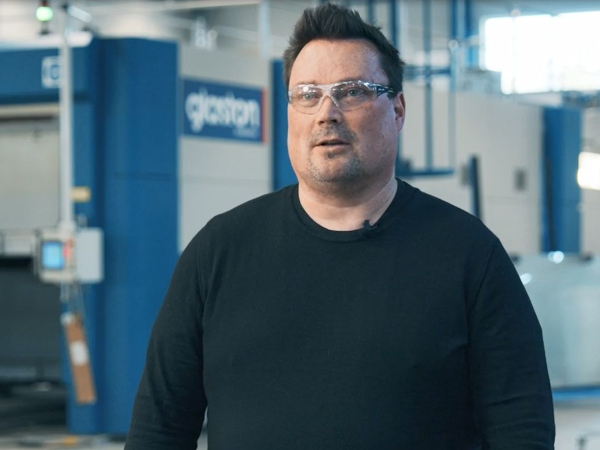
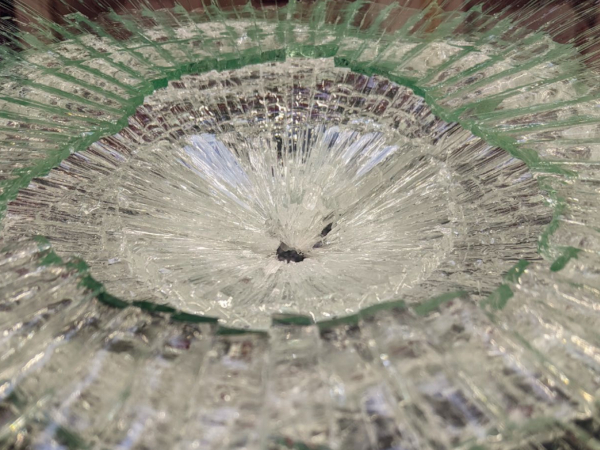
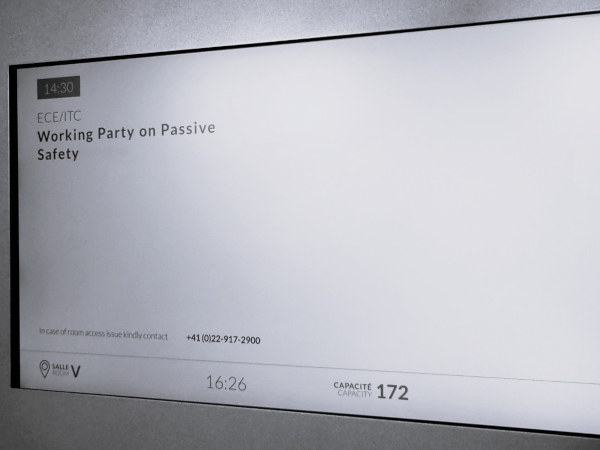













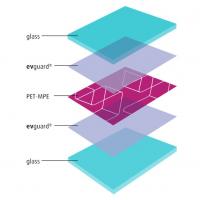
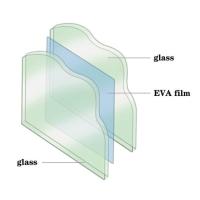
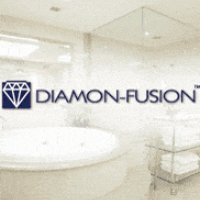

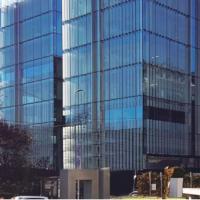
Add new comment